Exploring SAP Commerce Cloud: Revolutionizing E-commerce
SAP Commerce Cloud, previously known as SAP Hybris, is an enterprise-level e-commerce platform that provides a holistic approach to managing and optimizing digital commerce. It integrates various components like product content management, experience management, order management, and more to deliver a seamless shopping experience across all channels.

In the fast-evolving digital landscape, e-commerce businesses must adapt quickly to changing customer expectations, technological advancements, and market dynamics. One powerful solution that has emerged to help businesses stay ahead of the curve is SAP Commerce Cloud online Training. This comprehensive e-commerce platform offers a robust, scalable, and flexible solution designed to meet the needs of modern businesses. In this blog, we will delve deep into SAP Commerce Cloud, exploring its features, benefits, and how it can revolutionize your e-commerce operations.
Key Features of SAP Commerce Cloud
- Omni-channel Capabilities: SAP Commerce Cloud enables businesses to offer a consistent and personalized shopping experience across multiple channels, including online stores, mobile apps, social media, and physical stores. This omni-channel approach ensures customers can interact with your brand seamlessly, no matter where they are.
- Product Content Management (PCM): The platform offers robust tools for managing product information, ensuring that customers have access to accurate and up-to-date product details. PCM helps streamline product data management, reducing errors and enhancing the overall shopping experience.
- Experience Management: SAP Commerce Cloud allows businesses to create and deliver personalized content to customers based on their preferences, behavior, and purchase history. This level of personalization helps increase customer engagement and loyalty.
- Order Management: Efficient order management is crucial for any e-commerce business. SAP Commerce Cloud provides comprehensive order management capabilities, including real-time inventory tracking, order processing, and fulfillment. This ensures orders are processed accurately and delivered on time.
- Integration with SAP Ecosystem: One of the significant advantages of SAP Commerce Cloud is its seamless integration with other SAP solutions, such as SAP ERP, SAP S/4HANA, and SAP Customer Experience. This integration provides a unified view of customer data, streamlining operations and enhancing decision-making.
- Scalability and Flexibility: As businesses grow, their e-commerce needs evolve. SAP Commerce Cloud is designed to scale with your business, offering the flexibility to add new features, integrate with third-party solutions, and expand into new markets without disrupting operations.
- Security and Compliance: With SAP Commerce Cloud, businesses can rest assured that their e-commerce platform is secure and compliant with industry standards and regulations. The platform includes robust security features to protect customer data and ensure compliance with privacy laws.
Benefits of SAP Commerce Cloud
- Enhanced Customer Experience: By offering a seamless and personalized shopping experience across all channels, SAP Commerce Cloud helps businesses build stronger relationships with their customers. Personalized content, recommendations, and targeted promotions can significantly enhance customer satisfaction and loyalty.
- Increased Operational Efficiency: The integration of various components within SAP Commerce Cloud streamlines e-commerce operations, reducing manual processes and minimizing errors. This increased efficiency can lead to cost savings and improved profitability.
- Faster Time to Market: With its flexible and scalable architecture, SAP Commerce Cloud enables businesses to quickly launch new products, promotions, and campaigns. This agility is crucial in today’s competitive e-commerce landscape, where being first to market can provide a significant advantage.
- Data-Driven Decision Making: The integration with other SAP solutions provides a unified view of customer data, allowing businesses to make informed decisions based on real-time insights. This data-driven approach can help optimize marketing strategies, improve inventory management, and enhance overall business performance.
- Global Reach: SAP Commerce Cloud supports multiple languages, currencies, and tax regulations, making it an ideal solution for businesses looking to expand into new markets. Its global capabilities ensure that businesses can offer a consistent and compliant shopping experience to customers worldwide.
- Future-Proof Platform: With SAP’s commitment to continuous innovation, businesses using SAP Commerce Cloud can stay ahead of the curve by leveraging the latest advancements in e-commerce technology. Regular updates and new features ensure that the platform remains relevant and competitive.
Implementation of SAP Commerce Cloud
Implementing SAP Commerce Cloud involves several steps, each critical to ensuring a successful deployment. Here’s a high-level overview of the implementation process:
- Planning and Strategy: The first step is to define the project scope, objectives, and timeline. This involves understanding your business requirements, identifying key stakeholders, and setting clear goals for the implementation.
- Design and Architecture: Once the planning phase is complete, the next step is to design the architecture of your e-commerce solution. This includes defining the data model, user interface, and integration points with other systems.
- Development and Customization: With the architecture in place, the development phase involves building and customizing the e-commerce platform to meet your specific requirements. This may include developing custom features, integrating third-party solutions, and configuring the platform to align with your business processes.
- Testing and Quality Assurance: Before going live, it’s essential to thoroughly test the platform to ensure it meets all functional and performance requirements. This involves conducting various types of testing, including unit testing, integration testing, and user acceptance testing.
- Deployment and Go-Live: Once testing is complete, the next step is to deploy the platform to the production environment. This involves migrating data, configuring the production environment, and ensuring that all systems are fully operational.
- Training and Support: To ensure a smooth transition, it’s important to provide training and support to your team. This includes training on how to use the platform, manage content, and handle customer inquiries.
- Continuous Improvement: After the platform is live, continuous monitoring and optimization are crucial to ensure ongoing success. This involves analyzing performance metrics, gathering customer feedback, and making necessary adjustments to improve the overall shopping experience.
Conclusion
SAP Commerce Cloud is a powerful and versatile e-commerce platform that offers a wide range of features and benefits to help businesses succeed in the digital age. From enhancing customer experience to increasing operational efficiency, the platform provides a comprehensive solution for managing and optimizing e-commerce operations. By leveraging SAP Financial Contract Accounting (FI-CA) Training, businesses can stay ahead of the competition, drive higher sales, and build stronger relationships with their customers. Whether you’re a retailer, manufacturer, healthcare provider, or consumer goods company, SAP Commerce Cloud can revolutionize your e-commerce strategy and set you on the path to success. Enroll in Multisoft Virtual Academy now!

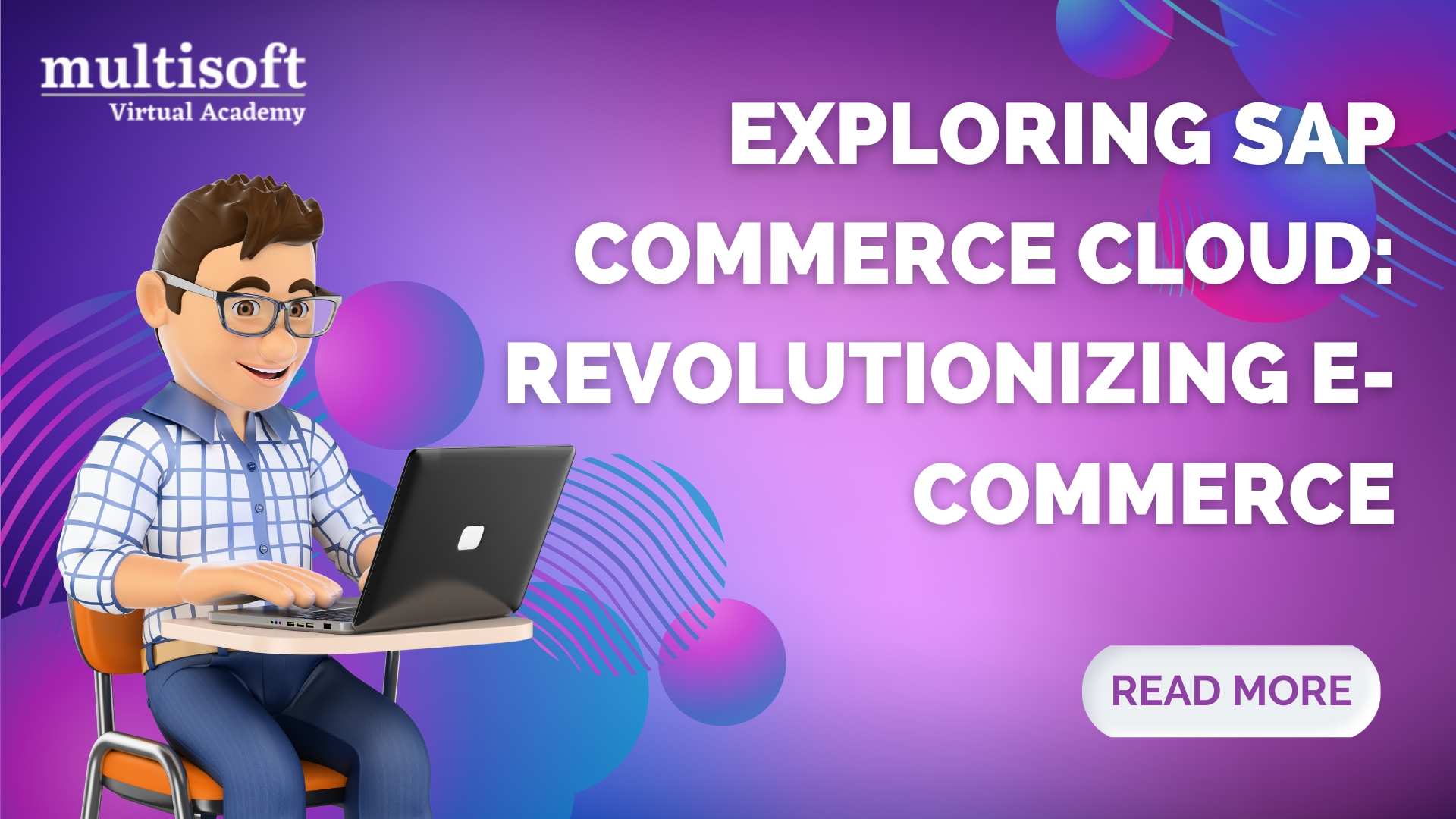


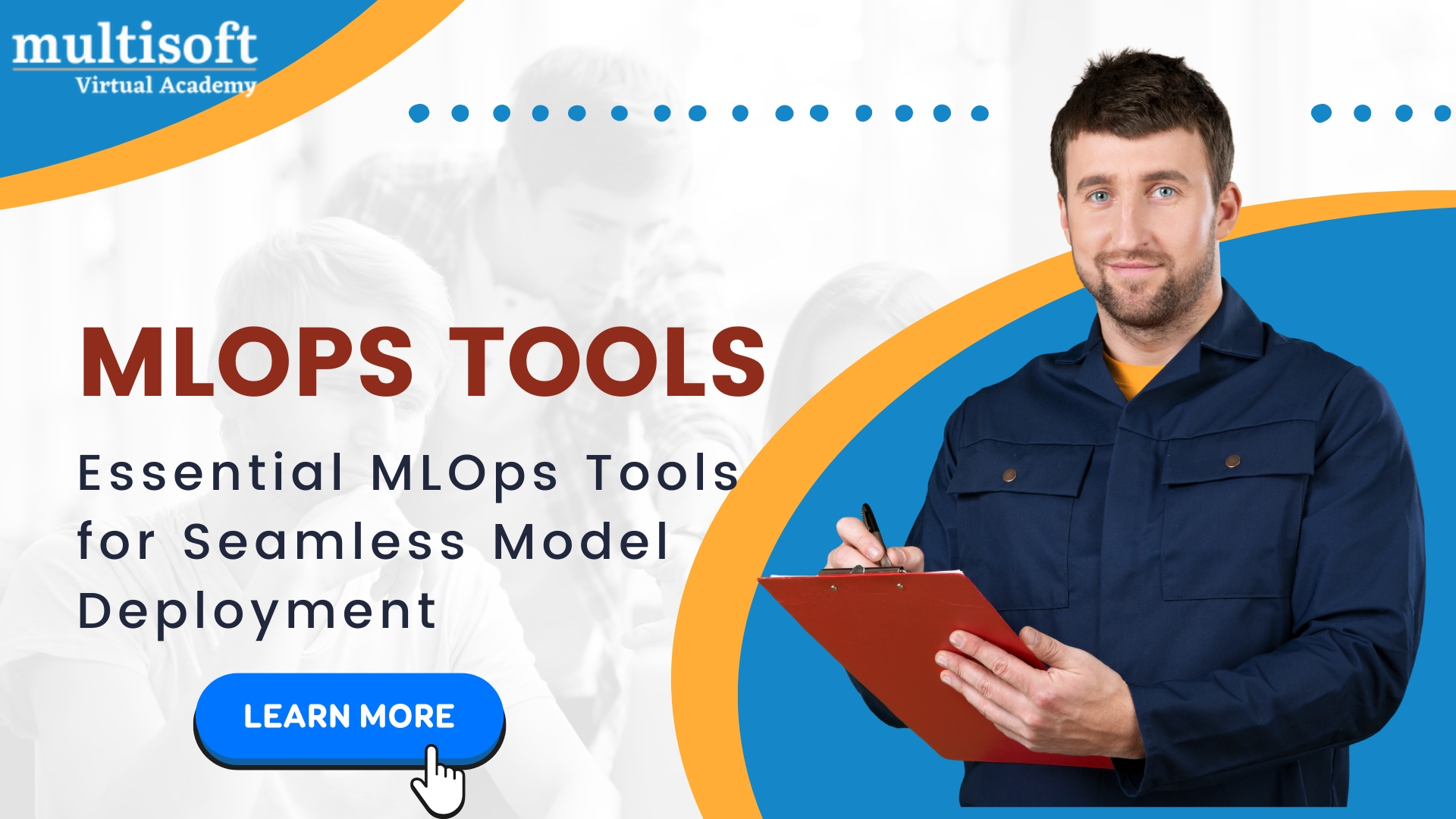

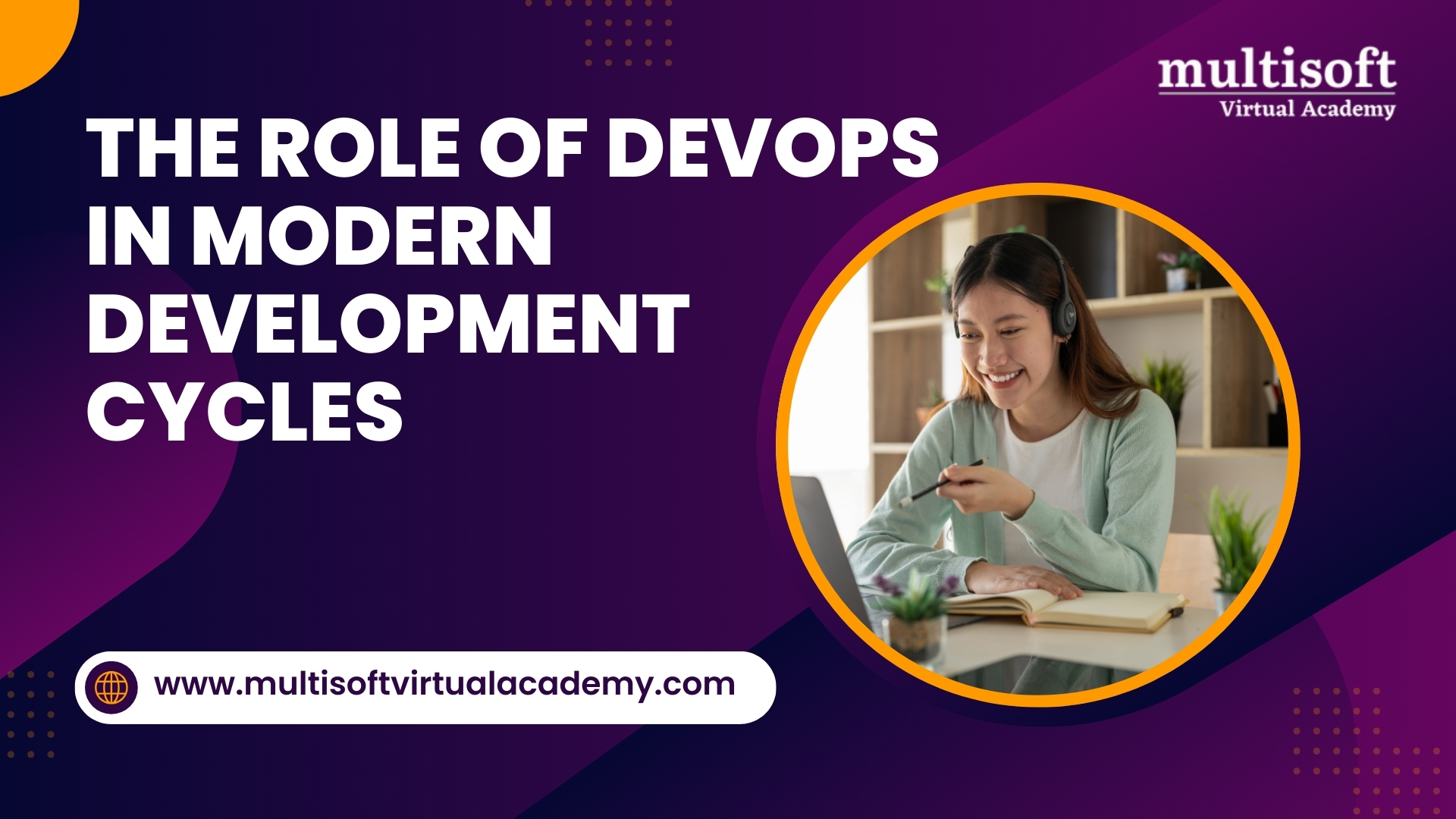



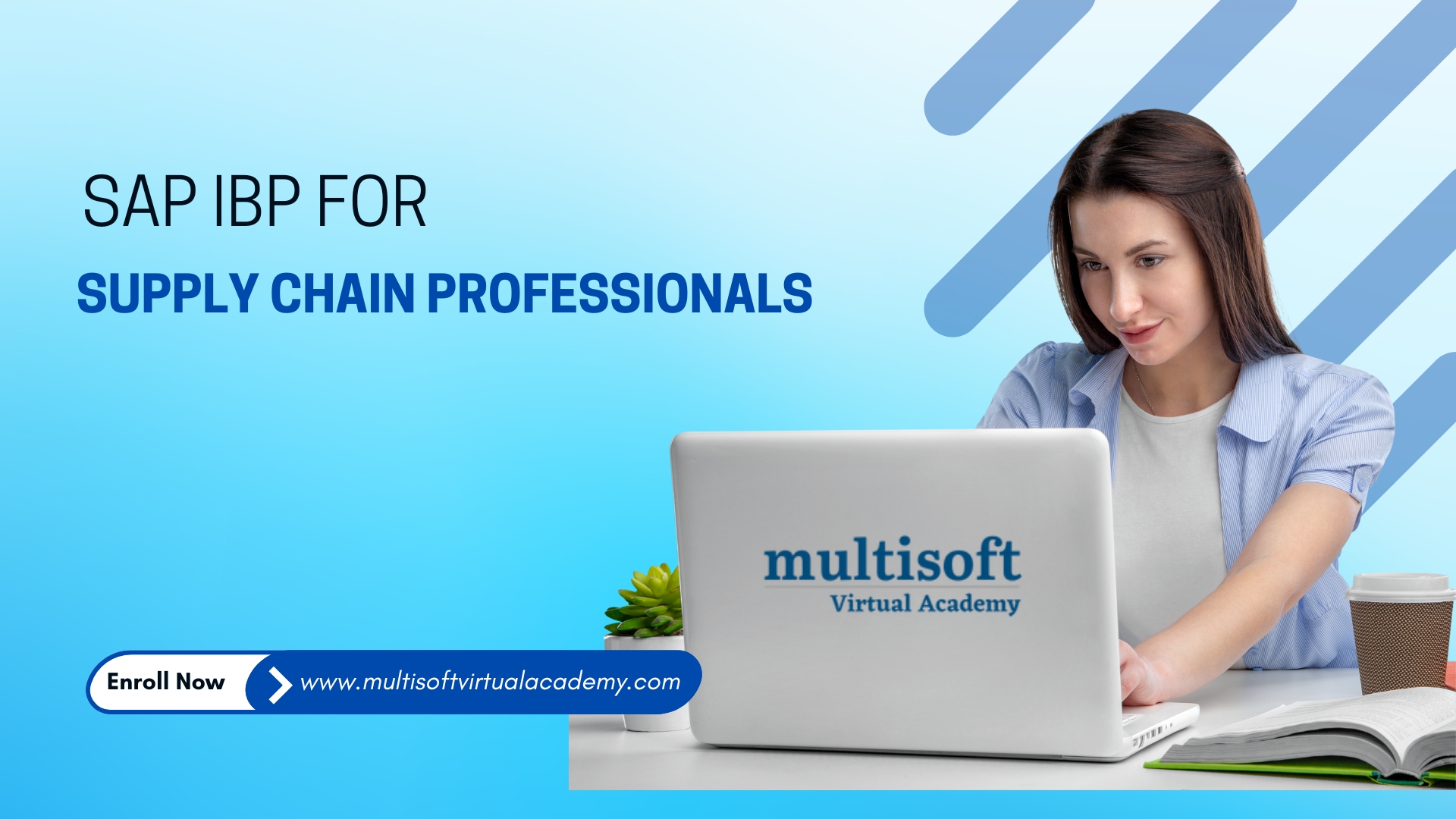
















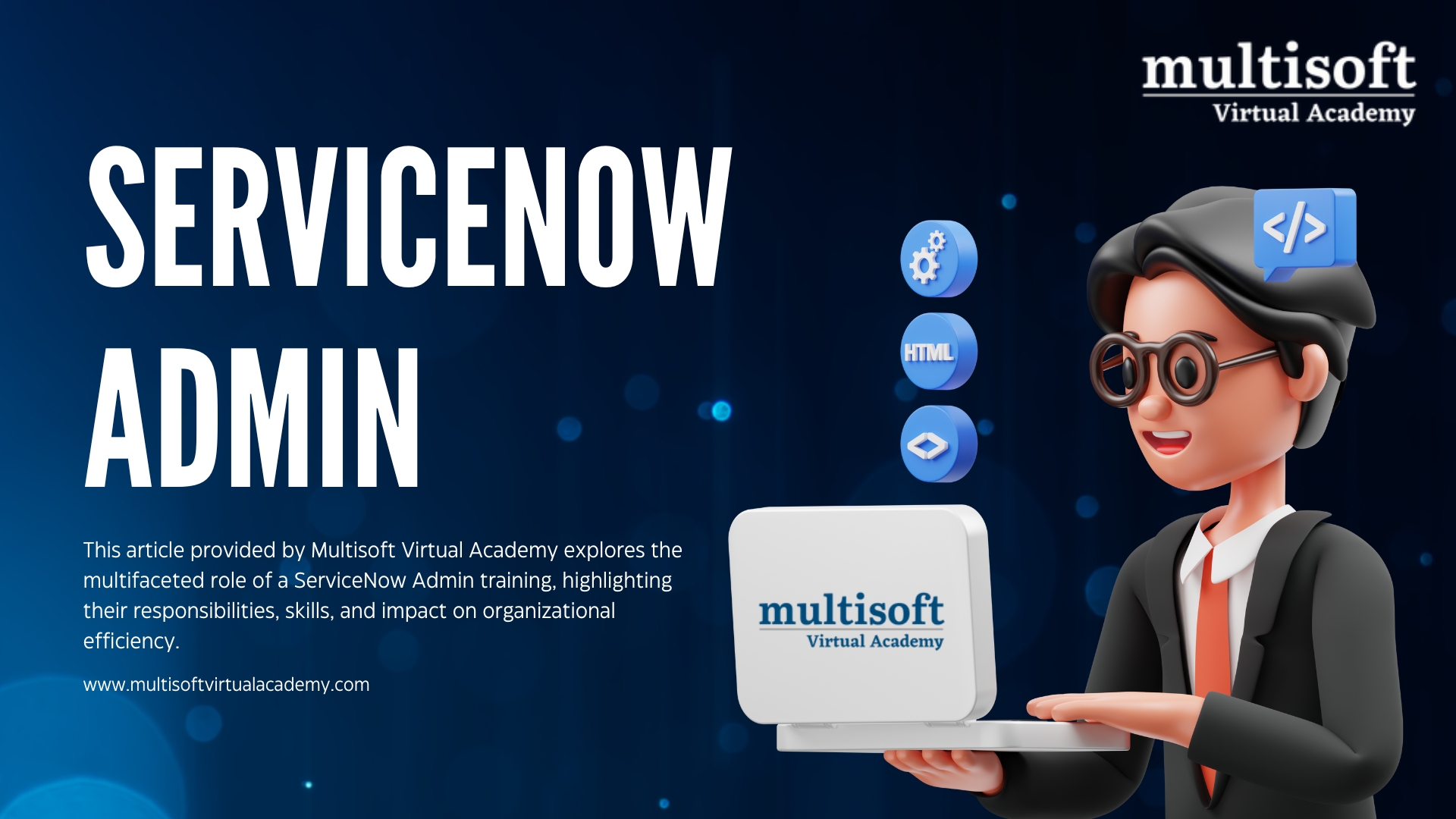

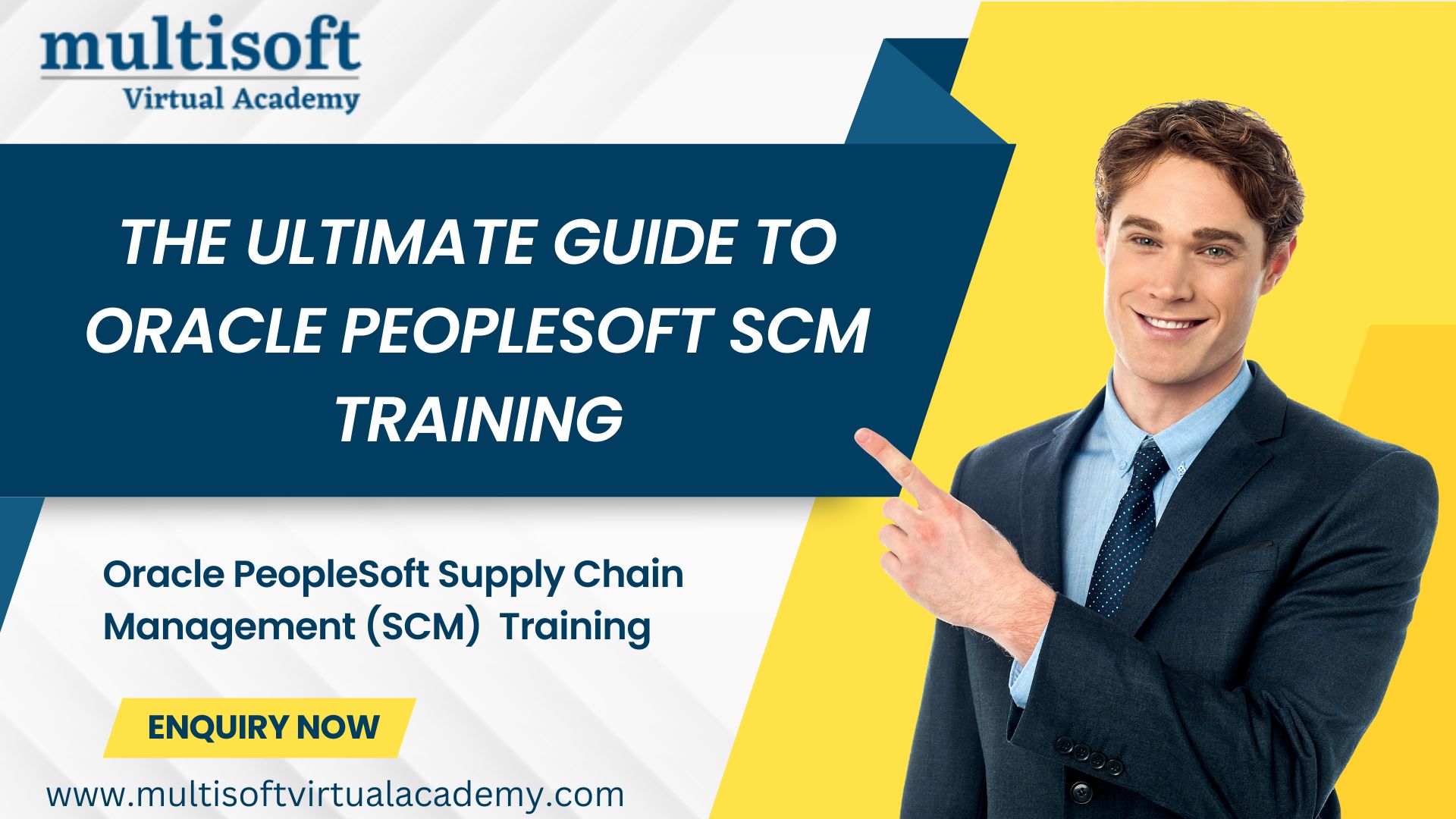

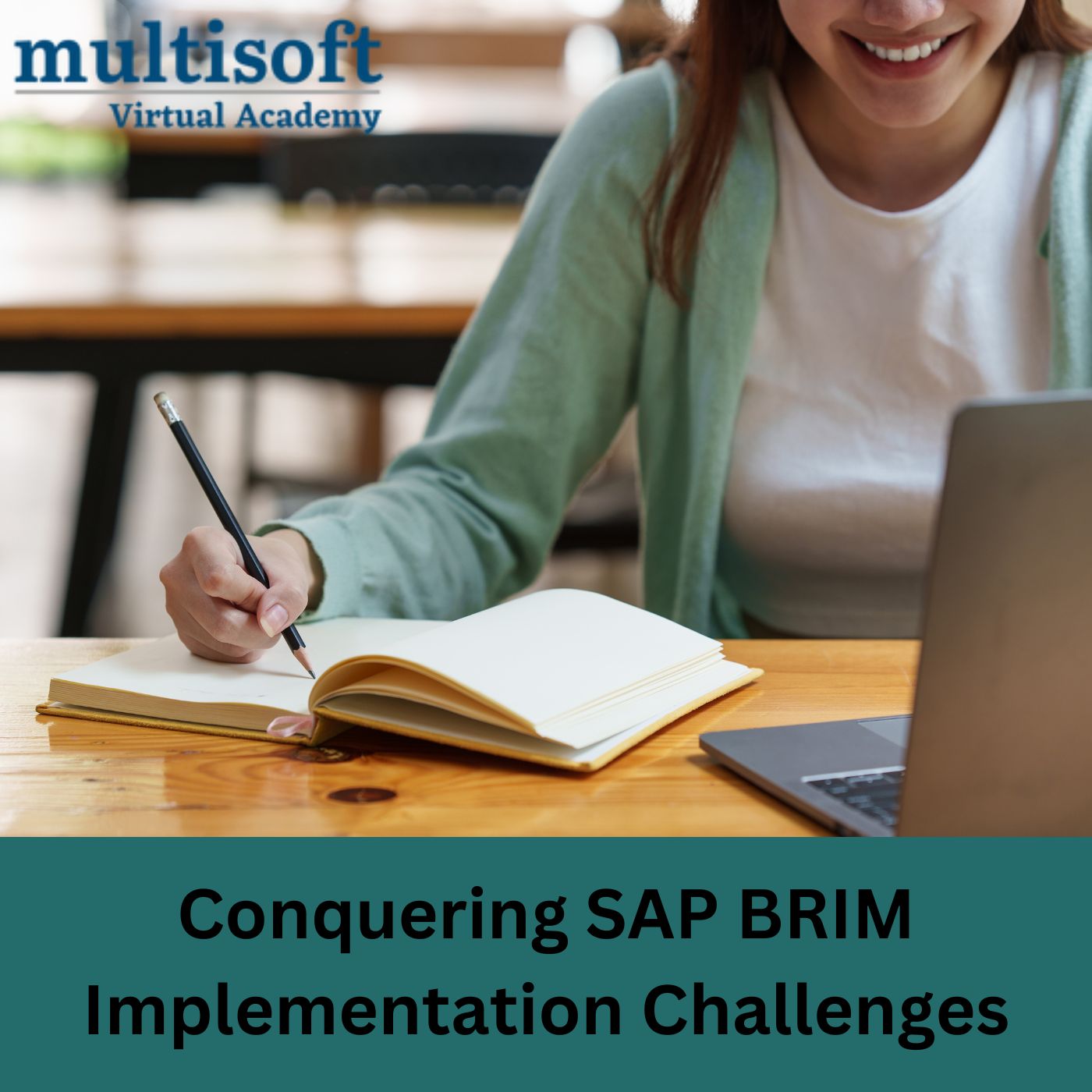

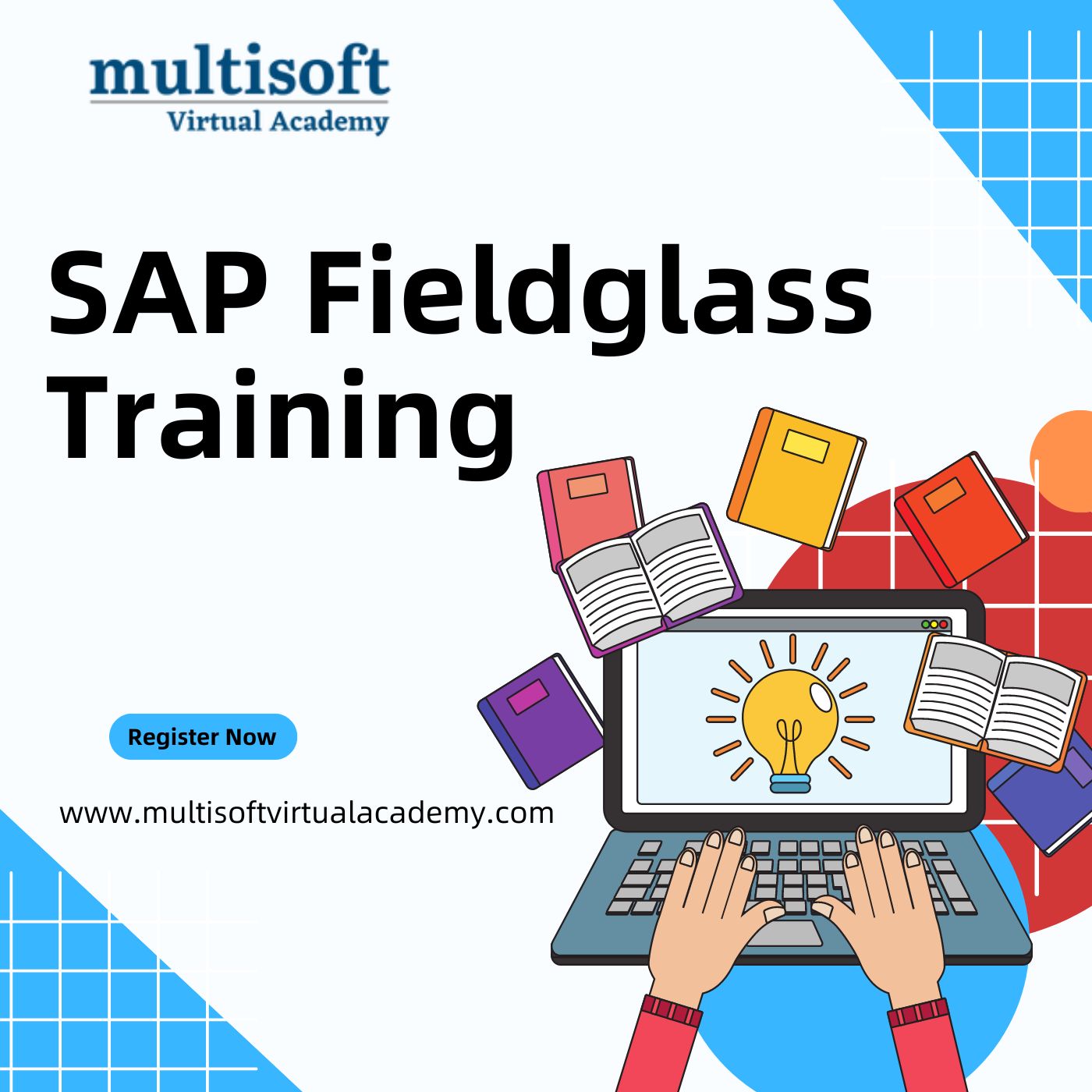



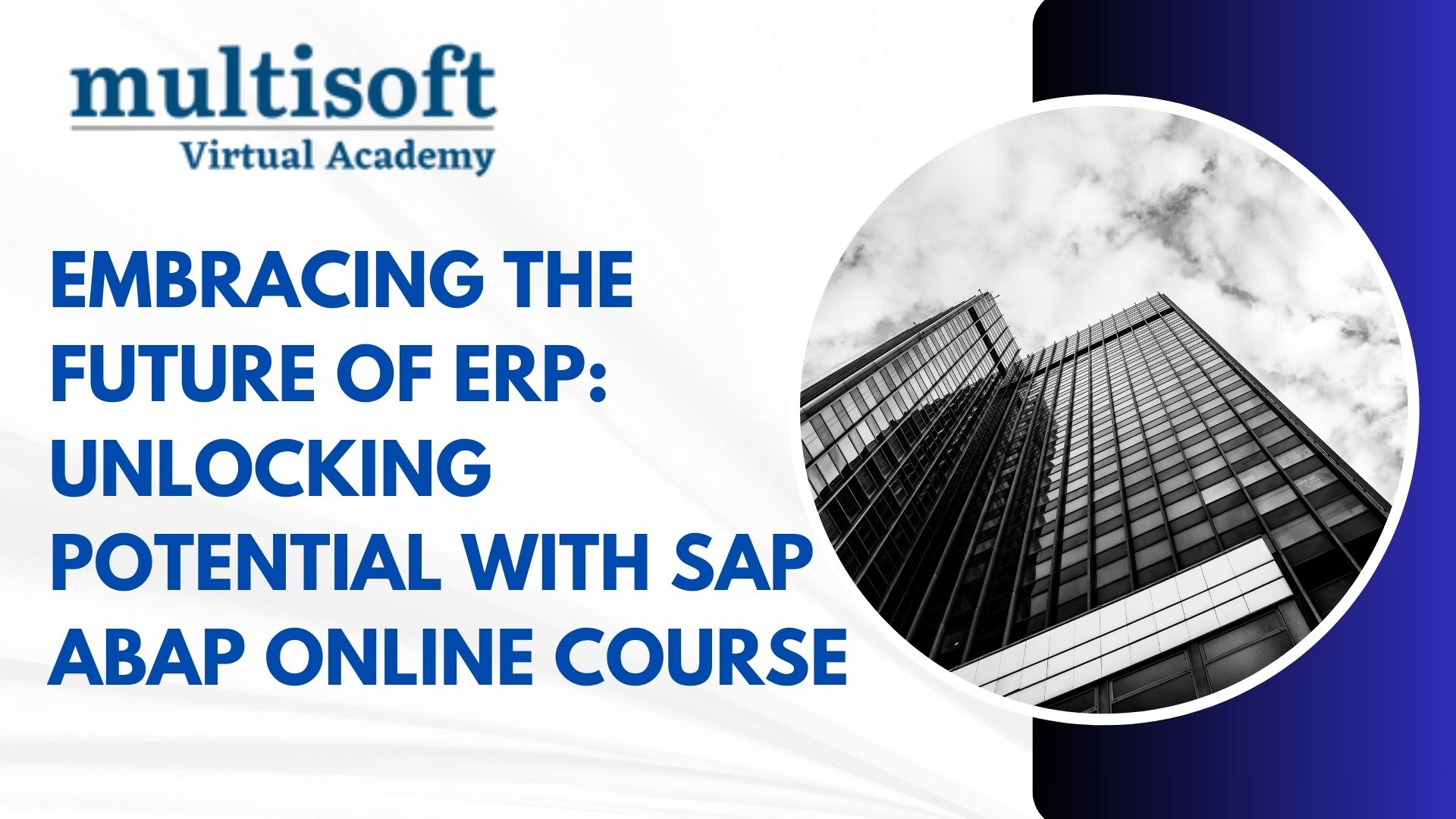

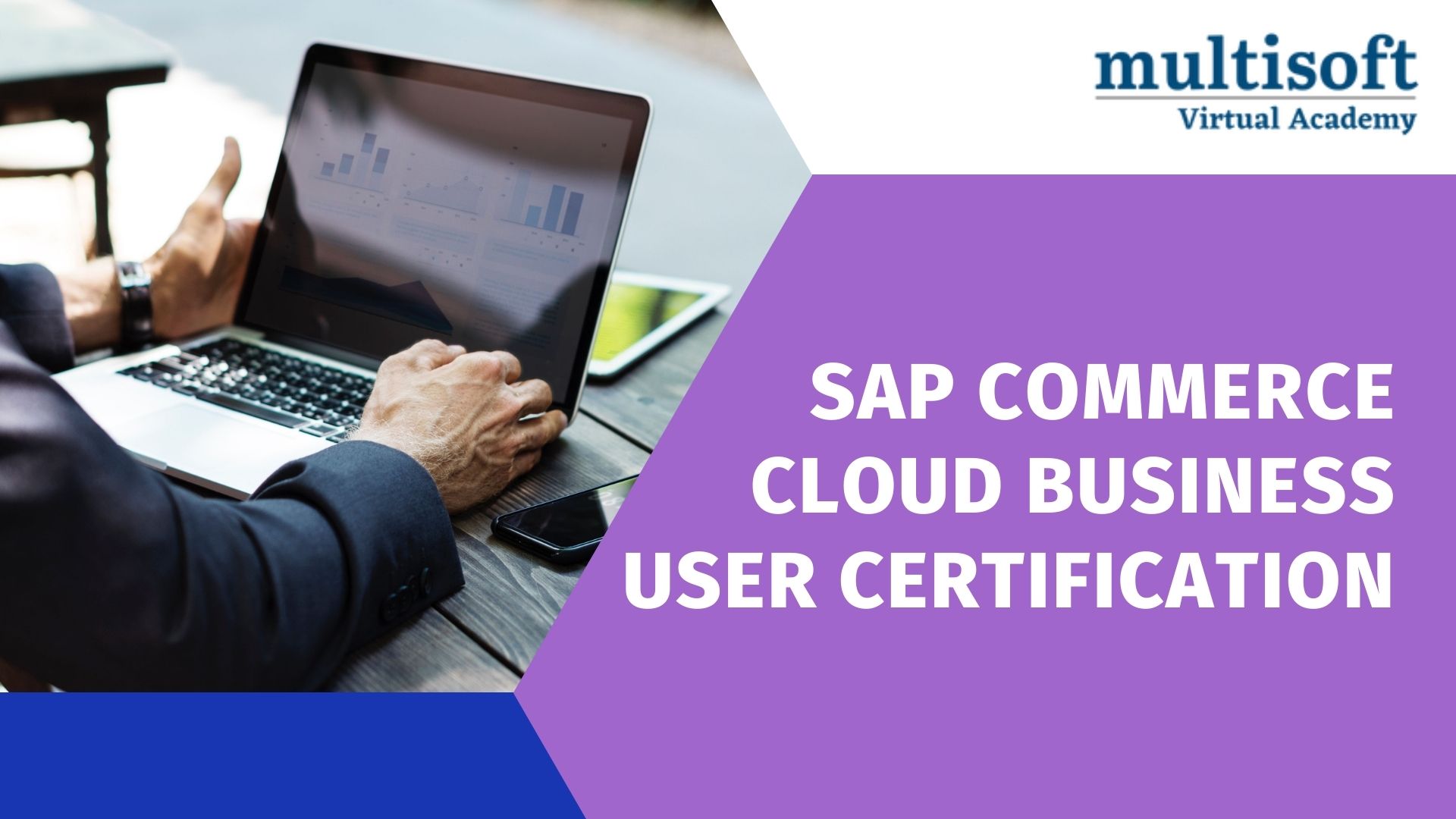


 Join our Live Instructor-Led online classes delivered by industry experts
Join our Live Instructor-Led online classes delivered by industry experts